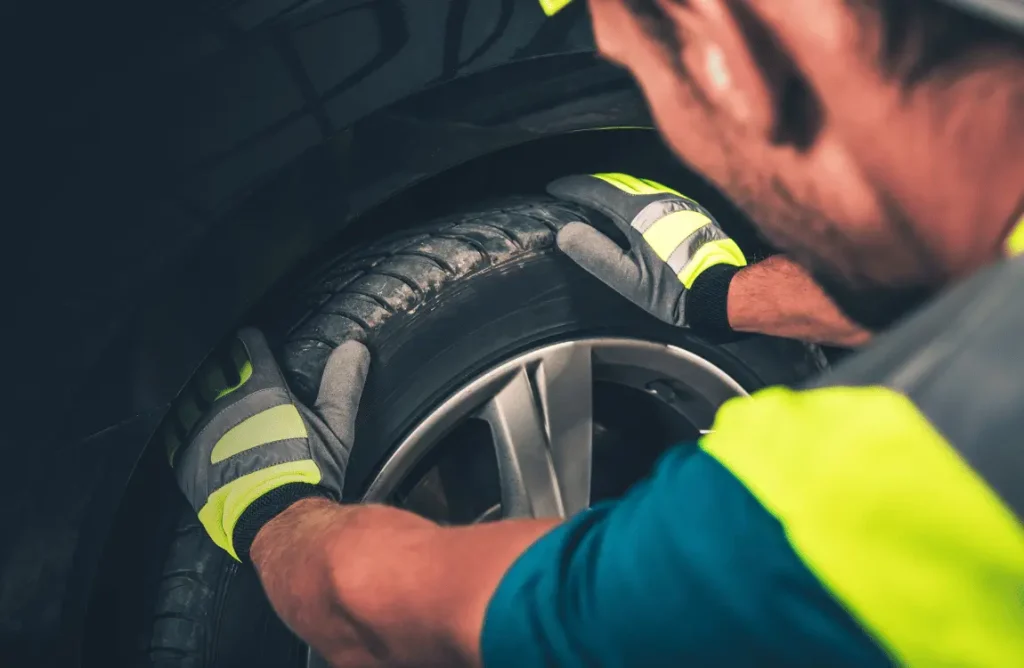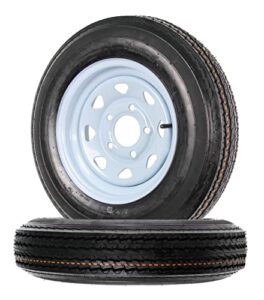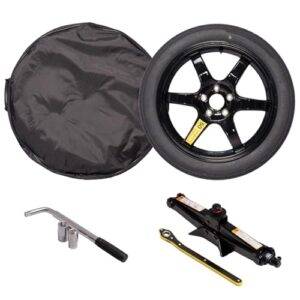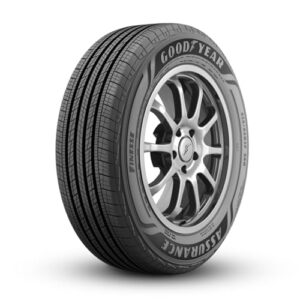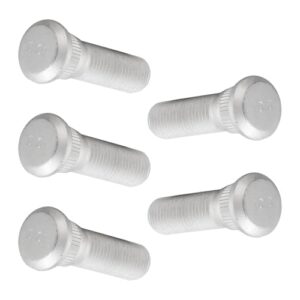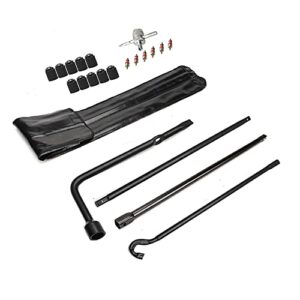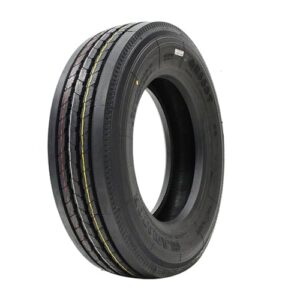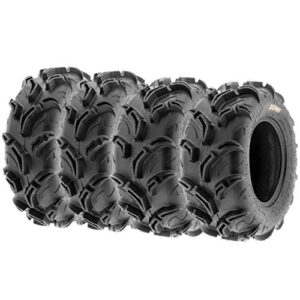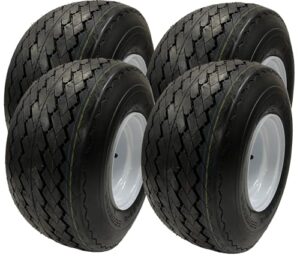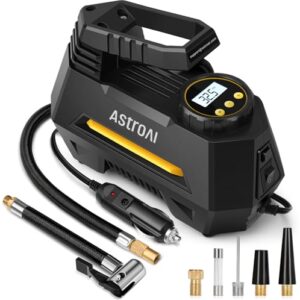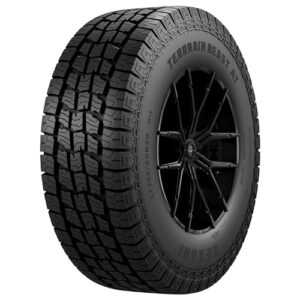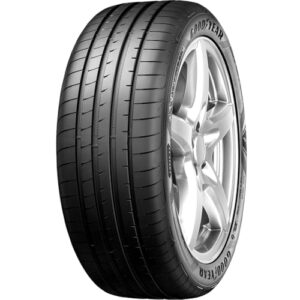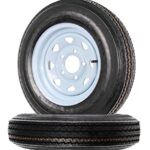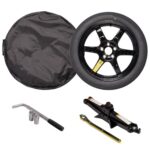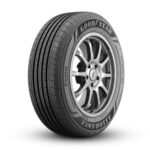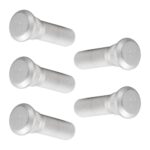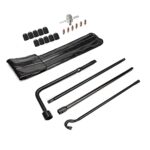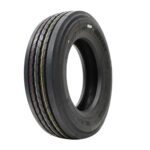Maintaining your vehicle is essential for ensuring safety and prolonging its lifespan. One crucial aspect of car maintenance is tire rotation. Tire rotation involves the changing of tires’ positions from one location to another to even out the wear and tear. This can improve your car’s performance and extend the life of your tires. In this article, we’ll explore how long tire rotations take and why they are so important.
Why Should You Rotate Your Tires?
- Even wear: Regular tire rotations help to distribute the wear more evenly among all four tires.
- Better performance: Evenly worn tires provide better traction and handling.
- Increased lifespan: Tires that wear evenly last longer, saving you money in the long run.
- Optimized fuel efficiency: Well-maintained tires can help maintain fuel efficiency.
- Increased safety: Properly rotated tires can help ensure a safer driving experience.
How Long Does a Tire Rotation Take?
Typically, a tire rotation can be performed in under an hour. However, several factors can influence the actual time, including:
| Factor | Impact on Duration |
|---|---|
| Experience of the technician | Skilled technicians can perform the service more quickly. |
| Type of vehicle | Certain vehicles may require additional time or tools for tire rotation. |
| Service center capacity | At peak times, it might take longer for the service to be completed. |
| Condition of tires and wheels | Rusty or seized wheel nuts can increase the time required. |
| Additional services | If you request services such as tire balancing or inspections, the time will increase. |
For the most accurate estimate, it’s best to consult your service provider before booking the tire rotation.

Tire Rotation Procedures and Time Estimates
The following is a general outline of what to expect during a tire rotation service:
- The vehicle is lifted using a jack or a lift system.
- Wheels are removed from the vehicle.
- Tires are rotated according to the pattern recommended by the vehicle’s manufacturer.
- Wheels are reattached and torqued to the manufacturer’s specifications.
- The vehicle is lowered back to the ground.
- A final inspection is performed to ensure everything is secure.
Note: These steps are for informational purposes only and may vary depending on your service provider and vehicle type.
Tips to Ensure Efficient Tire Rotation Service
- Check for a tire rotation schedule in your vehicle’s user manual: Following the manufacturer’s recommendations can help keep the process efficient.
- Plan ahead and make an appointment: Scheduling your service can minimize wait times.
- Combine services: If you need an oil change or other maintenance, consider having them done at the same time to save on total service time.
- Regular visual inspections: Keeping an eye on your tire condition can help you anticipate any issues that might prolong the service.
Final Thoughts
Tire rotation is a quick and cost-effective way to extend the life of your tires and improve your vehicle’s performance. Typically taking less than an hour, it’s an essential part of your vehicle’s maintenance schedule. By understanding what affects the time it takes to rotate your tires and planning accordingly, you can ensure your car stays in top condition without taking too much time out of your busy schedule.
Frequently Asked Questions
How Long Does A Standard Tire Rotation Take?
A typical tire rotation can be completed in about 15 to 30 minutes.
Can Tire Rotation Duration Vary By Vehicle?
Yes, the make and model of a vehicle can affect rotation time, with some taking up to an hour.
Does Tire Rotation Include Balancing?
Tire balancing is a separate service and usually not included in a standard tire rotation.


